#The Arnolfini Portrait
Text

The Arnolfini Portrait (1434)
🎨 Jan van Eyck
🏛️ The National Gallery
📍 London, United Kingdom
This must be one of the most famous and intriguing paintings in the world. A richly dressed man and woman stand in a private room. They are probably Giovanni di Nicolao di Arnolfini, an Italian merchant working in Bruges, and his wife.
Although the room is totally plausible – as if Jan van Eyck had simply removed a wall – close examination reveals inconsistencies: there’s not enough space for the chandelier, and no sign of a fireplace. Moreover, every object has been carefully chosen to proclaim the couple’s wealth and social status without risking criticism for aping the aristocracy.
The man’s hand is raised, apparently in greeting. On the back wall, a large convex mirror reflects two men coming into the room, one of whom also raises his arm. Immediately above it is Van Eyck’s signature. Could the man in mirror be van Eyck himself, with his servant, coming on a visit?
#The Arnolfini Portrait#Jan van Eyck#1434#The National Gallery#London#United Kingdom#Northern Renaissance#Renaissance#Arnolfini#art#artwork#art history#painting#oil painting#oil on panel#portrait#oil on oak panel#flemish
27 notes
·
View notes
Text
Feel free to make suggestions for future polls in this series (but not by the same painters, please. Other polls in my pinned post, my 'art' tag etc.


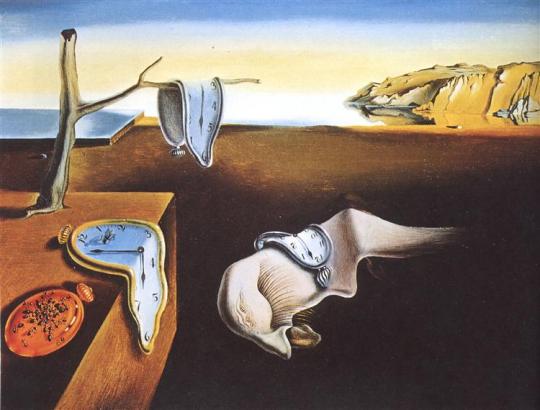

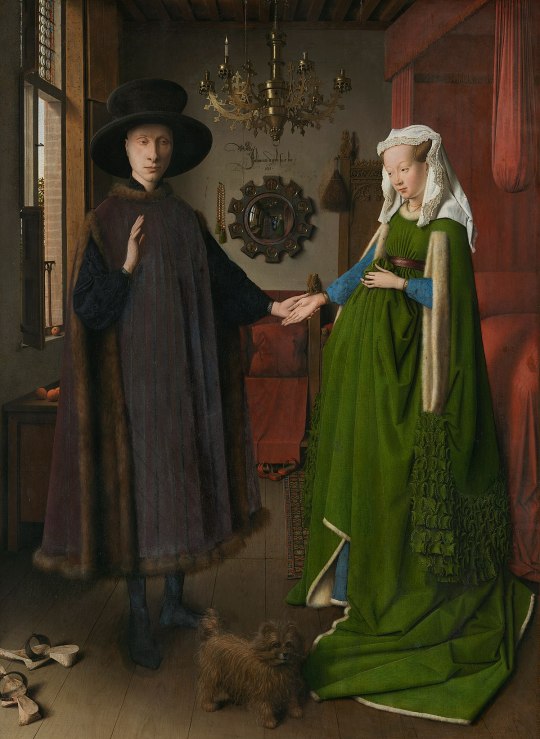





#polls#art#paintings#creation of adam#michelangelo#mona lisa#leonardo da vinci#the starry night#vincent van gogh#water lilies#claude monet#the persistence of memory#salvador dali#the kiss#gustav klimt#the scream#edvard munch#the arnolfini portrait#jan van eyck#the birth of venus#botticelli#girl with a pearl earring#johannes vermeer
147 notes
·
View notes
Text

jan van eyck.
the arnolfini portrait. 1434.
6 notes
·
View notes
Text
youtube
The London History Show: The Arnolfini Portrait
0 notes
Text


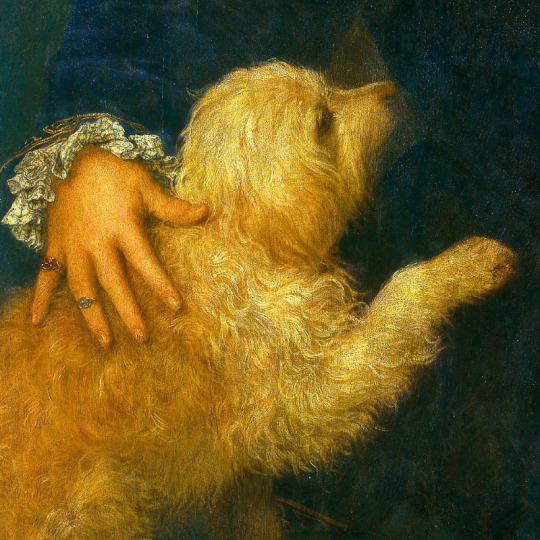



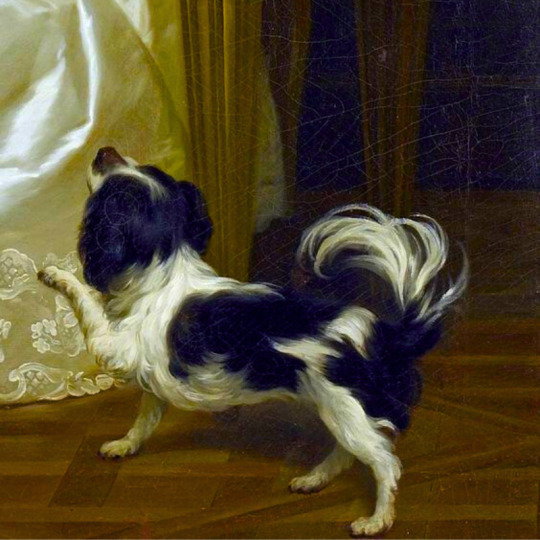
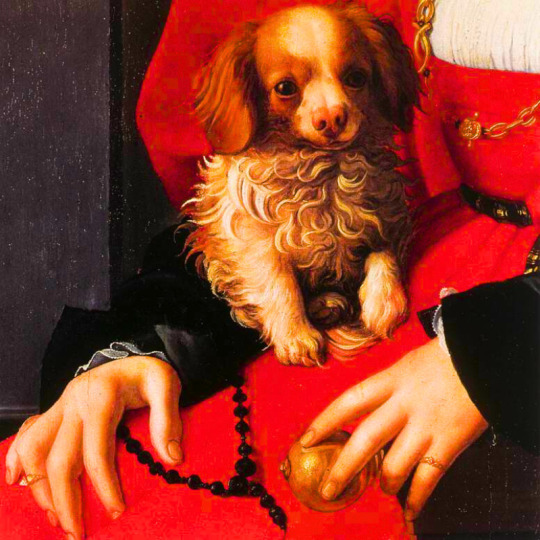
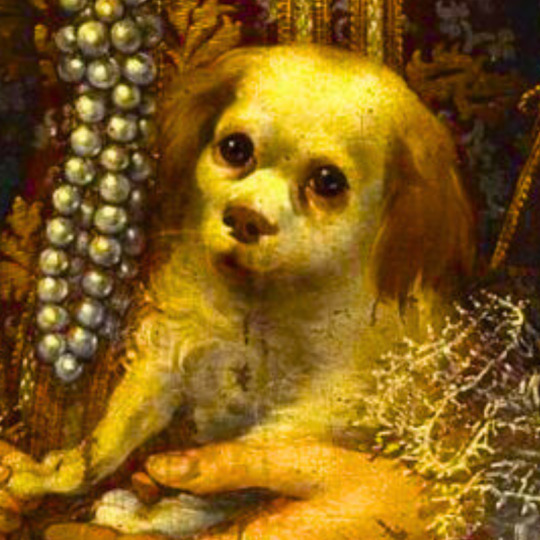

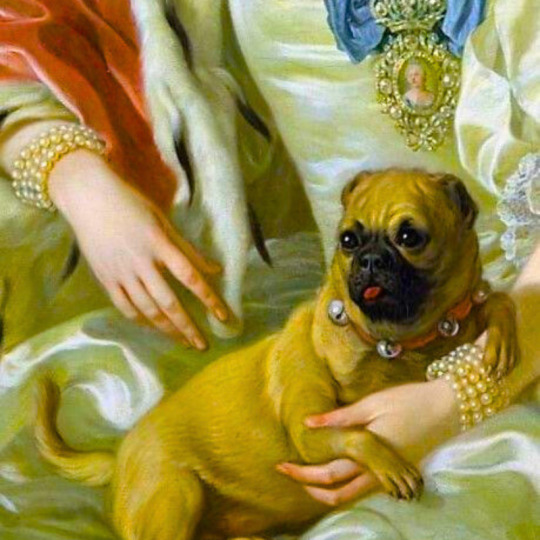
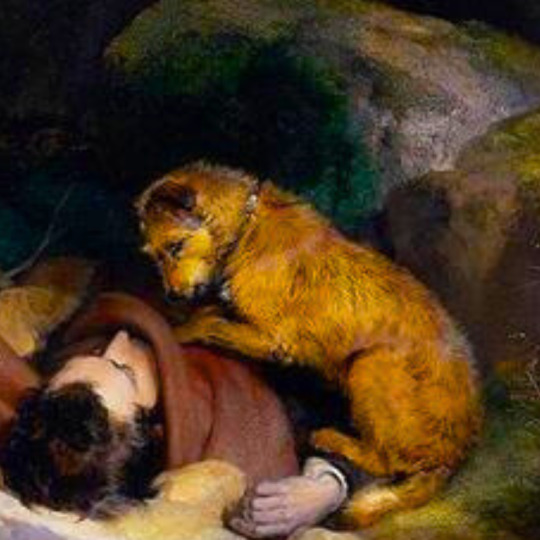
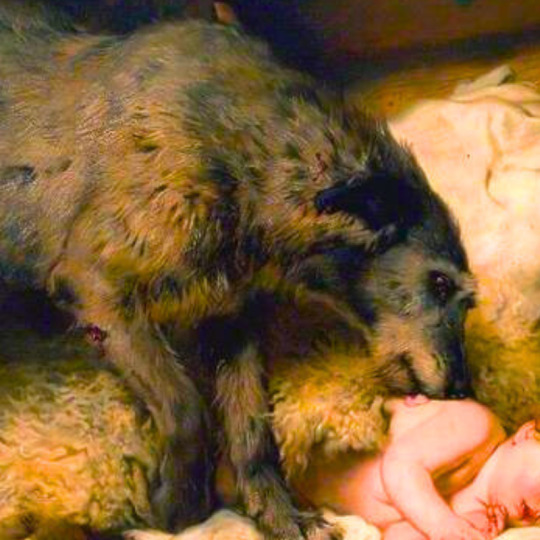




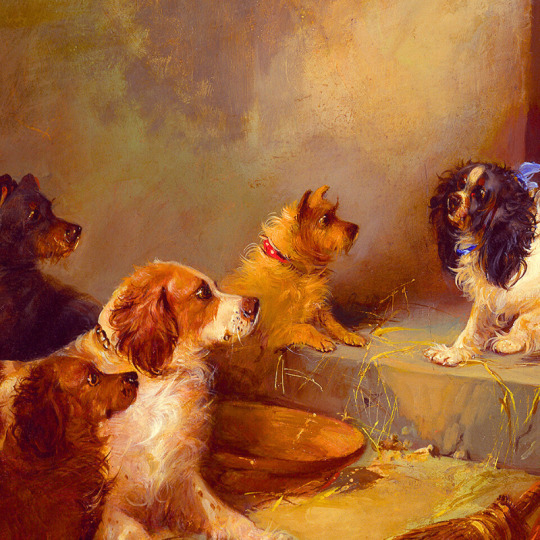
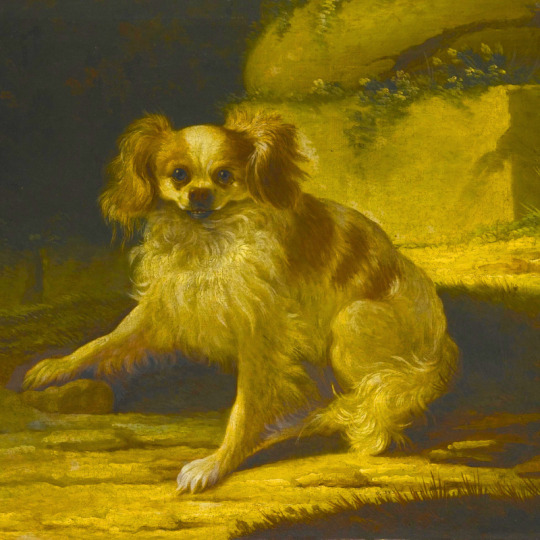


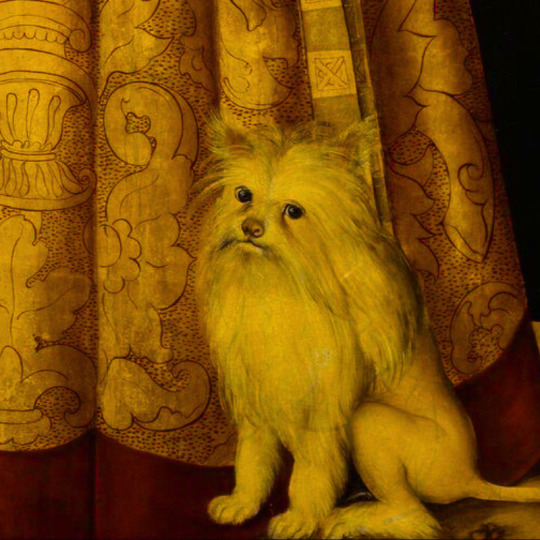
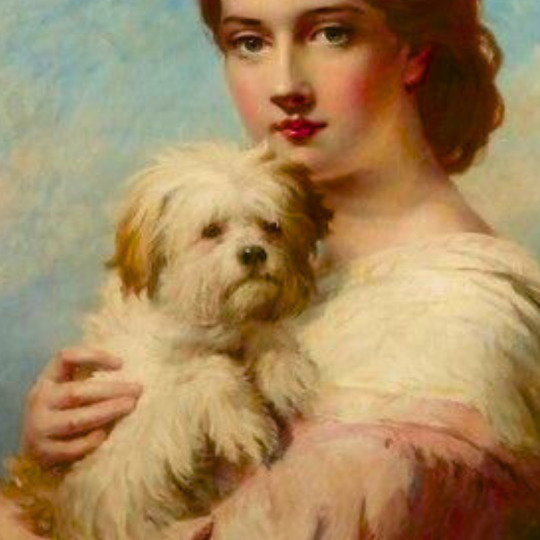
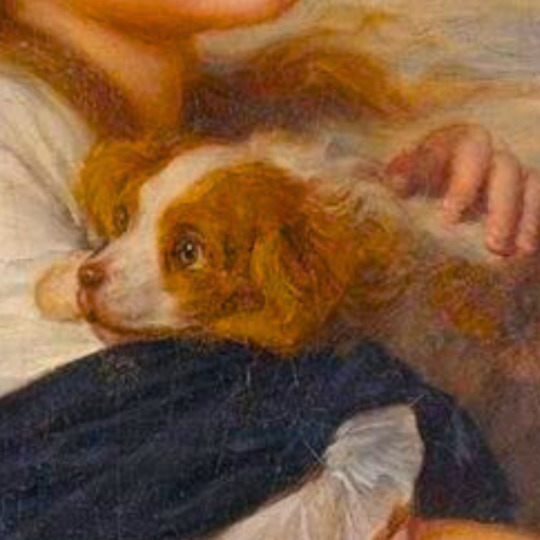

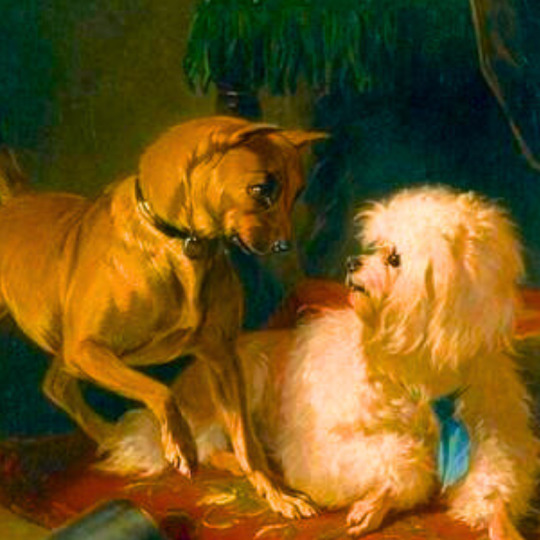


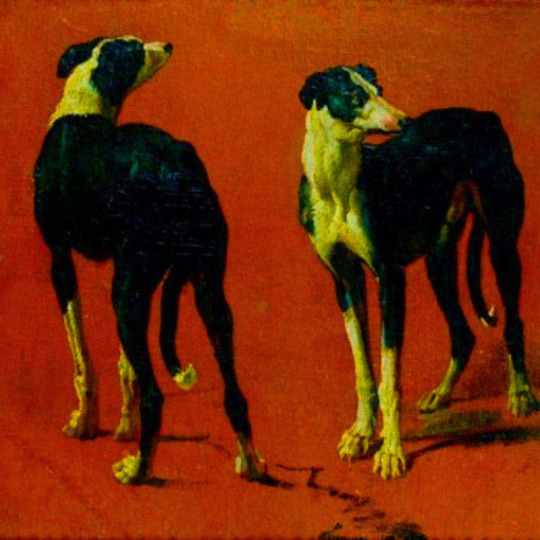

dogs + art
#mars and venus with cupid and a dog by paola veronese#venus of urbino by titian#portrait of federico ii gonzaga by titian#the death of procris by piero di cosimo#arnolfini portrait by jan van eyck#venus and adonis by titian#portrait of the countesse d'egmont pignatelli in spanish costume by alexander roslin#portrait of a lady in red by agnolo bronzino#maselli family portrait by lavinia fontana#children of the marquis de bethune playing with dog by francois hubert drouais#portrait of princess ekaterina dmitrievna golitsyna by louis-michel van loo#attachment by edwin landseer#gelert by charles b. barber#the poor dog the shepherd's grave by edwin landseer#requiescat by briton riviere#marie leszczinska#my lady's pets by arthur wardle#the great debate by george armfield#portrait of a brown and white toy spaniel in a landscape by jacques-charled oudry#darby in his basket kennel by anthony frederick sandys#portrait of john 3rd baron monson of burton by pompeo girolamo batoni#portrait of dutchess katharina von mecklenburg by lucas cranach the elder#young lady and her dog by james john hill#young girl with a spaniel by jean-baptise greuze#the masters chair by john henry dolph#interior with two dogs by conradijn cunaeus#no walk today by wright baker#painter's studio by otto erelman#study of greyhounds by alexandre-francois desportes#sitting pretty by horatio henry couldrey
192 notes
·
View notes
Text

Then they sat down and sang /
but my love sang the clearest /
Like a nightingale in the spring /
saying, “You’re welcome home, my dearest...”
[moth and compass is a collaboration with @natdrinkstea]
#em draws stuff#oc time again hehe#moth and compass#the light keeper: luna maitland#the selkie: ronan tierney glass#medieval minstrel-band au part 2: Now With Yuri#featuring merchant/furrier ronan :3 [lies on the floor] I Love You Hydrodynamic Woman...#got to the end of this picture after one millions years of drawing them and did the emotional equivalent of throwing my hat on the ground#and jumping up and down on it when I realized that they look like the arnolfini portrait#<- I have never ever liked the arnolfini portrait >:|#but I DO like THEM so there!!#caption lyrics from the welcome sailor
23 notes
·
View notes
Text
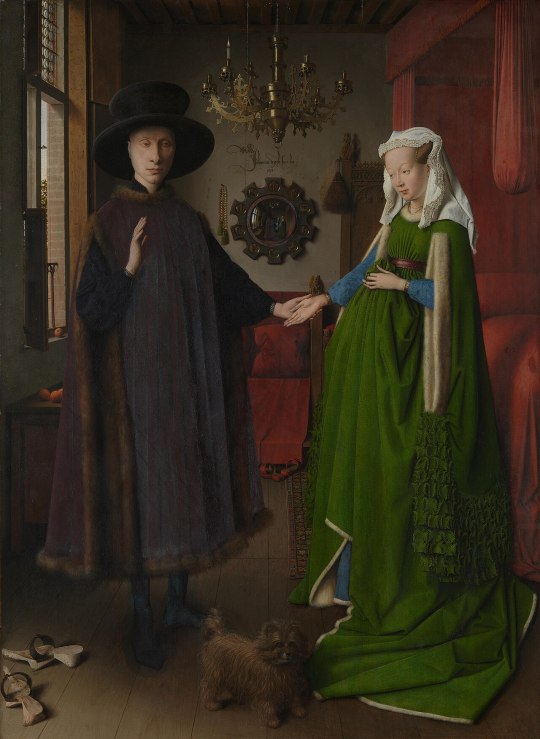
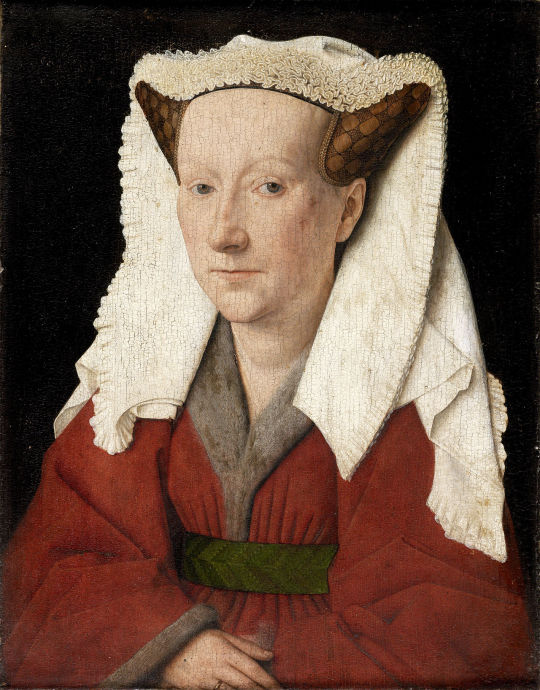
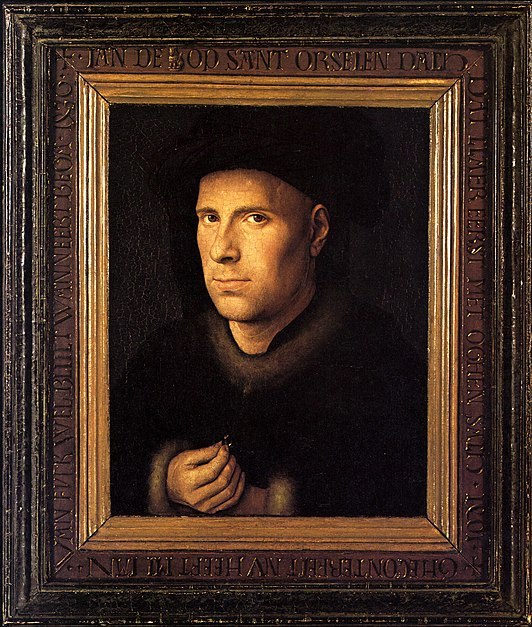

Differences Between the Southern and Northern Renaissance: A Study Through Jan van Eyck's "Portrait of a Man" (self portrait?)"
Written by ArtZoneStuff, 2024
The Renaissance, a period of cultural rebirth and revival of classical learning, manifested differently in the southern and northern regions of Europe. While both regions shared a common interest in humanism, art, and science, the way these ideas were expressed varied significantly due to differing cultural, social, and economic contexts.
The Southern Renaissance, centered in Italy, emphasized classical antiquity, proportion, perspective, and human anatomy. Artists like Leonardo da Vinci (1452-1519), Michelangelo (1475-1564), and Raphael (1483-1520) focused on idealized beauty, harmony, and balanced compositions.
In contrast, the Northern Renaissance, which flourished in regions such as the Netherlands, Germany, and Flanders, focused more on meticulous detail, naturalism, and domestic interiors. Northern artists like Jan van Eyck (1390-1441), Albrecht Dürer (1471-1528), and Hieronymus Bosch (?-1516) were known for their detailed and realistic depictions of nature, landscapes, and everyday life. Their work often contained rich symbolism and a focus on surface textures and fine details.
Jan Van Eyck's self portrait
Jan van Eyck's "Portrait of a Man" (Appendix 1), also known as his Self-Portrait from 1433, is a small-scale Dutch portrait measuring 25.9 x 33.1 cm (Google Arts and Culture, n.d.). The man in the painting emerges from a dark background, with his body depicted in three-quarter view. On his head, he wears a red chaperon, often mistaken for a turban, styled upward rather than hanging down (Nash, 2008, p.154). His dark fur-lined garment resembles the attire in "The Arnolfini Portrait" (Appendix 2), indicative of wealth during an era when textiles were extremely costly (ArtUK, 2019). His detailed face features a faint stubble, white highlights in his eyes and on his cheekbones, non-idealized features such as wrinkles and veins on his forehead, showcasing the Northern realism (Hall, 2014, p.44).
As described by the English art historian James Hall, the painting appears almost fleeting and alive - with the gaze seeming to capture the viewer before the face, and just like that, the penetrating stare turns away, perhaps followed by the light streaming from the right (Hall, 2014, p.43). The portrait conveys that the artist scrutinizes everything closely, including himself, without losing sight of the bigger picture (Hall, 2014, p.43). All these naturalistic details clearly indicate a Flemish painting.
The work is considered a self-portrait due to the frame. Jan van Eyck often used frames he designed and painted to enhance understanding and add meaning to his works (Hall, 2014, p.43; The National Gallery, 2021, 4:45-5.15). The gilded original frame of "Portrait of a Man" is crucial for interpreting the piece. Inscribed at the top of the frame is Jan van Eyck’s motto: "Als Ich can," translated to English: "As I can." At the bottom is his signature, and the date in Roman numerals: October 21, and in Arabic numerals, the year 1433. This results in the inscription: "Jan van Eyck made me on October 21, 1433" (Hall, 2014, p.43). He capitalizes the "I" in "Ich," playing on the pun Ich/Eyck. The motto can be interpreted as either boastful, "As I can," or modest, "As best as I can" (Hall, 2014, p.43).
The inscription highlights the relationship between words and image, indicating his awareness of his talent. His skill in painting surpasses that of a craftsman, which painters in this period was considered as. "As I can" suggests he is the only one capable of achieving such stylistic naturalism which cannot be imitated (The National Gallery, 2021, 5:10-5:58). "Jan van Eyck made me" also reflects a high degree of self-awareness, as he claims a painting of this quality, emphasizing that he created it and is conscious of his own abilities (The National Gallery, 2021, 5:10-5:58). All of this, along with his signing of his works as one of the first artists to do so, demonstrates a desire not to remain an anonymous craftsman (Hall, 2014, p.43; Farmer, 1968, p.159; Blunt, 1962).
The motto "Als Ich can" appears on several of his works, but the self-portrait is the only one where it is so prominent and clear. Additionally, the motto is placed at the top of the frame, where he would usually write the model’s name, thus, the motto can be seen as the model's identity (The National Gallery, 2021, 5:15-6:25). This, along with his direct gaze at the viewer, suggesting it was painted from a mirror, are the strongest indicators that the portrait is a self-portrait (Hall, 2014, p.43).
However, this can be taken with some skepticism, as other portraits by him, such as "Portrait of Margaret van Eyck" (Appendix 3) and "Portrait of Jan De Leeuw" (Appendix 4), share the same penetrating gaze (Pächt, 1994, p.107). This might instead indicate his realism, where the painter’s position does not function as an observer but rather takes an active role. The model’s direct gaze towards the viewer shows that the model has looked at Jan Van Eyck. This shows Jan Van Eyck possessing an active role, which was very different from painters in this period, and by doing so, creating a new respect for the painter as an artist, again showcasing his self-awareness of his position and talent (Pächt, 1994, pp.106-108).
Literature
Books and Journals:
Hall, James (2014). The self-portrait, a cultural history. London: Thames & Hudson Ltd
Nash, Susie (2008). Northeren Renaissance Art. New York: Oxford University Press.
Blunt, Anthony (1962). The Social Position of the Artist. Artistic Theory in Italy, 1450-1600. Oxford & New York: Oxford University Press
Farmer, David (1968). Reflections on a Van Eyck Self-Portrait. Oud Holland. S. 159
Online
Google Arts and Culture (n.d.): Portrait of a Man in a Red Turban (selfportrait). Found at: https://artsandculture.google.com/asset/portrait-of-a-man-in-a-red-turban-selfportrait/SAFcS1U8kYssmg?hl=en
ArtUK: Butchart, Amber (2019). Fashion reconstructed: the dress in Van Eyck's Arnolfini portrait. Found at: https://artuk.org/discover/stories/fashion-reconstructed-the-dress-in-van-eycks-arnolfini-portrait
The National Gallery (2021). Jan van Eyck's self portrait in 10 minutes or less | National Gallery. Found at: https://www.youtube.com/watch?v=VMJK1EDG2X8&t=1s&ab_channel=TheNationalGallery
#my post#history#famous artists#art exhibition#jan van eyck#renaissance#northern renaissance#netherlands#flanders#germany#painting#oil painting#art history#artwork#art#histoire#literature#portrait#raphael#leonardo da vinci#arnolfinis wedding#art historian#research#analysis#art analysis#art anatomy#self portrait#self portrature#self portrayal#portraiture
22 notes
·
View notes
Text

writing floyd leech fallin in love is very fun!
19 notes
·
View notes
Text


from Peter Schade @psframes, on May 2, 2024:
Today we re-framed Jan van Eyck’s Arnolfini Portrait. We replaced the late 19th century gothic fantasy frame with a newly acquired somber gilded 15th century moulding. The figures appear larger and the details crisper without the competition of the incongruous carving. (source)
11 notes
·
View notes
Text
arnolfini portrait by Jan van Eyck would go so hard as a dnp parody. wish I wasn't scared of my art class
4 notes
·
View notes
Photo
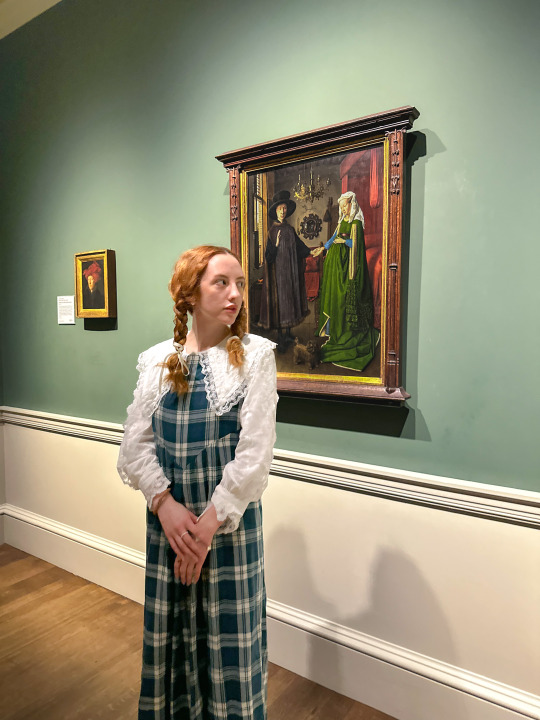
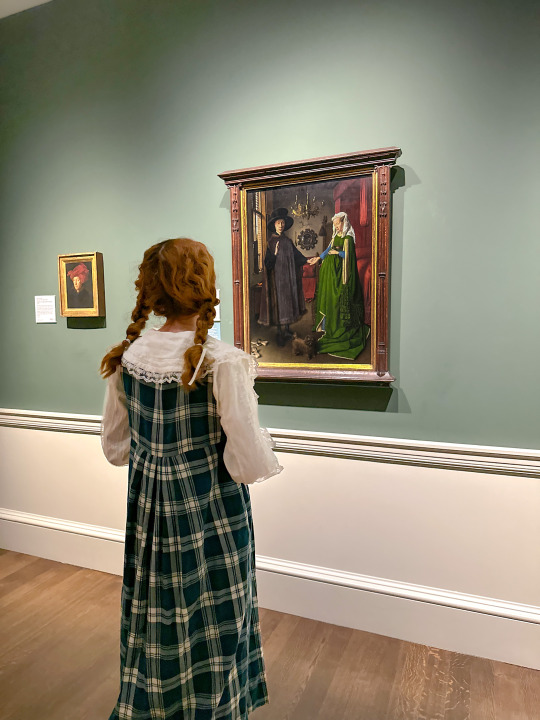
in 1434 Jan Van Eyck’s hand carved a portrait that keeps us guessing at its mysteries, over 589 years later 💭 Did you know you can see this world-famous painting in London, for free?
📍 National Gallery, London
#arnolfini portrait#arnolfini#arnolfini marriage#janvaneyck#jan van eyck#national gallery#nationalgallery#london museum#art history#arthistory#classical painting#clasical art#museum aesthetic#art gallery#vintage laura ashley#laura ashley#lauraashley#coquette#romantic style#softgirl#soft girl#soft girl aesthetic#15th century#15th century art#1400s
18 notes
·
View notes
Text

2 notes
·
View notes
Text
Arnolfini Portrait time
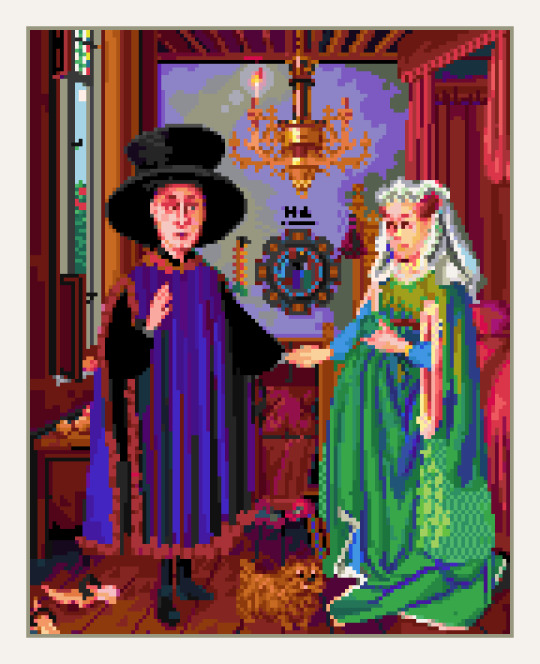
The Arnolfini Portrait
#Pixelart#Arnolfini#ArnolfiniPortrait#My Art History Professor dressed up as the Arnolfini portrait one time? It was the best day of my god damn life
10 notes
·
View notes
Photo
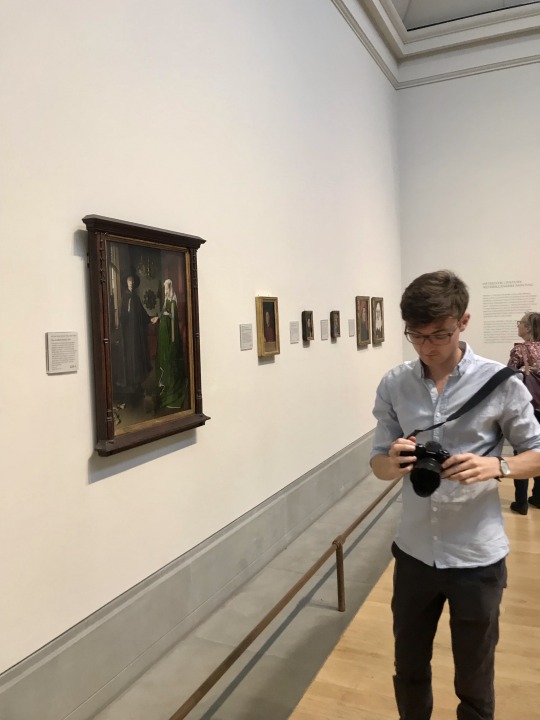
Being a tourist ft. the Arnolfini Portrait
12 notes
·
View notes
Text
what is jan van eck, worst six of crows character, doing in MY art history notecards
#frickin arnolfini portrait#now we know where leigh got that name#art history#i hate it here#exams suck#misc#six of crows#lix thoughts
2 notes
·
View notes
Text

Portrait of Giovanni Arnolfini and his Wife (1434) | Jan van Eyck (c. 1390-1441)
3 notes
·
View notes